Home>Renovation & DIY>Home Renovation Guides>How To Go About Remodelling A Kitchen
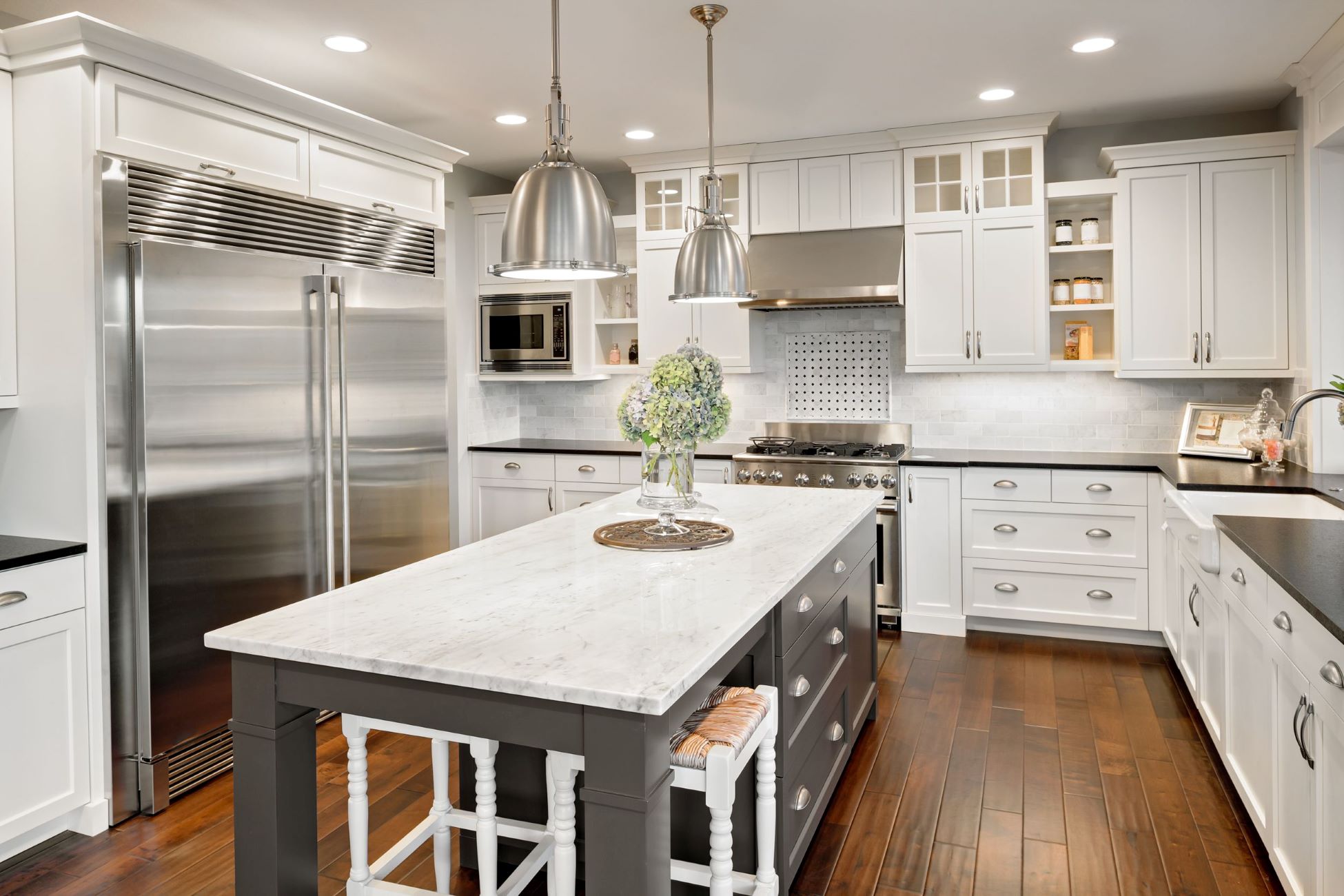

Home Renovation Guides
How To Go About Remodelling A Kitchen
Modified: April 22, 2024
Looking for expert advice on home renovation guides? Learn how to go about remodeling a kitchen with our comprehensive tips and ideas. Start your project with confidence!
(Many of the links in this article redirect to a specific reviewed product. Your purchase of these products through affiliate links helps to generate commission for Storables.com, at no extra cost. Learn more)
Introduction
So, you've decided it's time to give your kitchen a makeover. Whether you're looking to enhance functionality, update the style, or increase the value of your home, remodeling your kitchen can be an exciting and rewarding endeavor. However, it's essential to approach this project with careful planning and consideration to ensure a successful outcome.
Remodeling a kitchen involves a multitude of decisions, from selecting the right layout and materials to coordinating with contractors and managing the budget. It's a project that requires a balance of creativity, practicality, and attention to detail. In this comprehensive guide, we'll walk through the essential steps and considerations involved in remodeling a kitchen, providing you with the knowledge and confidence to embark on this transformative journey.
Throughout this guide, we'll delve into the process of assessing your needs, setting a budget, designing your kitchen, hiring professionals, choosing materials and appliances, managing demolition and construction, and adding the finishing touches. Each phase of the remodeling process presents its own set of challenges and opportunities, and we'll explore them in detail to help you navigate the complexities of kitchen renovation.
Whether you're a seasoned DIY enthusiast or enlisting the expertise of professionals, this guide is designed to equip you with the insights and guidance needed to achieve a successful kitchen remodel. By the end of this journey, you'll be well-prepared to create a space that not only meets your practical requirements but also reflects your personal style and enhances the overall appeal of your home. So, let's roll up our sleeves and dive into the exciting world of kitchen remodeling!
Key Takeaways:
- Assess your kitchen needs, set a realistic budget, and hire skilled professionals to create a functional and stylish space that reflects your personality and enhances your home’s appeal.
- Carefully select materials, plan the construction phase, and add thoughtful finishing touches to transform your kitchen into a welcoming culinary sanctuary that meets your practical needs and delights the senses.
Assessing Your Needs
Before diving into the renovation process, it's crucial to assess your current kitchen and identify the specific areas that require attention. Start by evaluating the functionality of the space. Consider how you currently use the kitchen and what aspects may be impeding efficiency. Are there insufficient storage solutions, inadequate counter space, or outdated appliances that hinder your culinary pursuits? Identifying these pain points will guide the direction of your remodel.
Furthermore, take into account the overall layout and flow of the kitchen. Does the existing configuration create obstacles to movement and accessibility? Perhaps you envision an open-concept layout to promote seamless interaction between the kitchen and adjacent living spaces. Understanding your preferences for spatial arrangement will inform the design phase of the remodel.
Additionally, consider the aesthetic aspects of the kitchen. Do you desire a modern, minimalist look, or are you drawn to a more traditional and cozy ambiance? Assessing your stylistic preferences will play a pivotal role in shaping the visual identity of the remodeled kitchen.
Moreover, contemplate the long-term goals for your kitchen. Are you looking to increase the resale value of your home, or is this remodel primarily tailored to your personal enjoyment? Understanding the broader objectives will help prioritize the areas that require the most attention and investment.
Finally, take stock of the technological and energy-efficient features you wish to incorporate. From smart appliances to sustainable materials, modern kitchens offer a plethora of innovative options to enhance convenience and reduce environmental impact.
By thoroughly assessing your needs and aspirations for the kitchen, you can lay a solid foundation for the remodeling process. This introspective phase sets the stage for the subsequent steps, ensuring that your vision for the ideal kitchen is intricately woven into every decision and detail of the renovation.
Setting a Budget
Establishing a realistic budget is a critical early step in the kitchen remodeling journey. Before delving into the creative and logistical aspects of the project, it’s essential to define the financial parameters within which the renovation will unfold. A well-defined budget serves as a guiding framework, helping you make informed decisions and prioritize expenditures throughout the process.
Begin by conducting thorough research to gain a comprehensive understanding of the costs involved in kitchen remodeling. This includes expenses related to materials, labor, permits, and any unforeseen contingencies. By familiarizing yourself with the prevailing market prices and labor fees, you can form a realistic assessment of the financial investment required for your remodel.
When setting a budget, it’s crucial to strike a balance between your aspirations for the remodel and the financial resources at your disposal. Consider the scope of the project and determine which components are non-negotiable and where flexibility exists. This discernment will enable you to allocate funds judiciously, focusing on areas that hold the greatest significance to you.
Furthermore, it’s prudent to incorporate a contingency fund into your budget to accommodate unexpected expenses that may arise during the renovation. Allotting a buffer for unforeseen challenges or modifications can provide peace of mind and prevent budgetary strain if the project encounters unanticipated hurdles.
As you establish your budget, it’s beneficial to consult with professionals, such as contractors and designers, to gain insights into the feasibility of your financial plan. Their expertise can offer valuable guidance in aligning your budget with the desired scope and quality of the remodel.
Ultimately, a well-defined budget serves as a roadmap, guiding the decision-making process and ensuring that your vision for the remodeled kitchen is harmoniously balanced with financial prudence. By setting clear financial boundaries and contingencies, you can embark on the remodeling journey with confidence, knowing that your budget is a steadfast compass that steers the project toward a successful and financially sustainable outcome.
Designing Your Kitchen
The design phase of your kitchen remodeling project is where your vision begins to take shape in tangible form. It’s an opportunity to transform your aspirations and practical needs into a cohesive and aesthetically pleasing layout that harmonizes with your lifestyle. Whether you’re aiming for a sleek and modern ambiance or a cozy and traditional feel, the design process is where creativity and functionality converge to create your ideal culinary space.
Start by envisioning the overall layout and flow of the kitchen. Consider the placement of key elements such as the sink, stove, refrigerator, and work surfaces. Efficient spacing and ergonomic design can significantly enhance the usability of the kitchen, making meal preparation and cooking a seamless and enjoyable experience.
Furthermore, explore various storage solutions to optimize organization and accessibility within the kitchen. From pantry configurations to innovative cabinet designs, ample and well-organized storage is essential for a clutter-free and efficient culinary environment.
When it comes to the aesthetic aspects, the choice of materials, colors, and finishes plays a pivotal role in defining the character of your kitchen. Whether you opt for timeless natural stone countertops, sleek stainless steel appliances, or warm wooden cabinetry, each element contributes to the overall visual impact of the space. Consider the interplay of textures and colors to create a cohesive and inviting atmosphere that reflects your personal style.
Lighting is another crucial aspect of kitchen design. Thoughtfully planned lighting can enhance the functionality and ambiance of the space. Incorporating a combination of task lighting, ambient lighting, and accent lighting can create a well-lit and inviting environment for various culinary activities.
Moreover, consider integrating modern technological features and energy-efficient appliances into the design. From smart refrigerators to induction cooktops, contemporary kitchen innovations offer convenience, sustainability, and enhanced functionality.
Throughout the design phase, collaborating with experienced professionals such as interior designers and kitchen planners can provide valuable insights and expertise. Their input can help refine your vision and ensure that the design aligns with both your aesthetic preferences and practical requirements.
By investing time and attention in the design phase, you can lay a solid foundation for a kitchen that seamlessly integrates style and functionality. The design process is an opportunity to infuse your personality into every detail, creating a space that not only meets your practical needs but also delights the senses and fosters a welcoming ambiance for culinary pursuits and social gatherings.
Hiring Professionals
Embarking on a kitchen remodeling project often involves a myriad of complex tasks that require specialized expertise. From structural modifications to intricate installations, the involvement of skilled professionals can significantly impact the success and efficiency of the renovation. When assembling your remodeling team, consider enlisting the services of experienced professionals who can bring your vision to life with precision and quality craftsmanship.
One of the primary professionals you may engage is a reputable contractor. A skilled contractor oversees the coordination of various aspects of the remodel, including managing subcontractors, obtaining permits, and ensuring that the project adheres to building codes and regulations. When selecting a contractor, seek recommendations, review portfolios of past projects, and obtain detailed cost estimates to make an informed decision.
Additionally, consider consulting with an interior designer or kitchen planner to harness their expertise in optimizing the functionality and aesthetics of the space. Their insights can help refine your design vision and ensure that the layout and selection of materials align with your practical needs and stylistic preferences.
For tasks involving plumbing, electrical work, and structural modifications, it’s essential to engage licensed professionals who possess the requisite skills and knowledge. Ensuring that these critical aspects of the remodel are executed with precision and in compliance with safety standards is paramount to the long-term functionality and safety of your kitchen.
When it comes to selecting materials and appliances, collaborating with knowledgeable suppliers and installers can streamline the process and ensure that you procure high-quality products that align with your design and performance expectations. Whether you’re choosing countertops, flooring, or cabinetry, seeking the expertise of professionals can help navigate the myriad options available and make informed decisions.
Throughout the remodeling journey, effective communication and collaboration with the professionals involved are key to a successful outcome. Clearly articulating your vision, expectations, and budgetary constraints fosters a cohesive and productive working relationship, ensuring that the project unfolds in alignment with your aspirations.
By assembling a team of skilled professionals who share your commitment to excellence, you can navigate the complexities of the remodeling process with confidence and peace of mind. Their expertise, coupled with your vision, will culminate in a remodeled kitchen that seamlessly integrates functionality, style, and quality craftsmanship.
When remodeling a kitchen, make sure to plan the layout carefully to optimize space and functionality. Consider the workflow and prioritize storage and countertop space.
Choosing Materials and Appliances
As you embark on the journey of remodeling your kitchen, the selection of materials and appliances plays a pivotal role in shaping the functionality, aesthetics, and overall ambiance of the space. From durable countertops and flooring to innovative appliances that streamline culinary tasks, the choices you make in this phase will significantly impact the quality and visual appeal of your remodeled kitchen.
When it comes to materials, consider the practical aspects of each component. For countertops, prioritize durability, ease of maintenance, and resistance to heat and stains. Options such as granite, quartz, and solid surface materials offer a balance of resilience and visual appeal, catering to diverse stylistic preferences and functional requirements.
Flooring is another essential element that warrants careful consideration. Opt for materials that can withstand the rigors of daily kitchen activities while complementing the overall design scheme. Hardwood, ceramic tile, and luxury vinyl are popular choices known for their durability and aesthetic versatility.
Cabinetry plays a dual role in the kitchen, serving as both a functional storage solution and a defining visual element. Explore various styles, finishes, and hardware options to create a cohesive and visually appealing cabinetry ensemble that aligns with your design vision.
When selecting appliances, prioritize energy efficiency, innovative features, and seamless integration with the overall design. From state-of-the-art refrigerators and ovens to advanced ventilation systems, modern appliances offer a myriad of options to enhance convenience, sustainability, and culinary capabilities.
Moreover, consider the visual coherence and ergonomic arrangement of appliances within the kitchen layout. Thoughtful placement of appliances contributes to the efficiency and visual harmony of the space, ensuring that the kitchen functions as a cohesive and well-integrated culinary environment.
Throughout the selection process, seek the guidance of knowledgeable suppliers and designers who can provide insights into the performance, maintenance, and visual impact of various materials and appliances. Their expertise can help navigate the multitude of options available and ensure that your selections align with both your practical needs and aesthetic preferences.
By thoughtfully selecting materials and appliances that balance functionality, durability, and visual appeal, you can lay a solid foundation for a remodeled kitchen that not only meets your practical needs but also delights the senses and fosters a welcoming ambiance for culinary pursuits and social gatherings.
Demolition and Construction
The demolition and construction phase of your kitchen remodeling project marks the transformation of your vision into a tangible reality. This pivotal stage involves the meticulous deconstruction of the existing space and the precise execution of structural modifications and installations that lay the groundwork for the remodeled kitchen. From tearing down outdated structures to erecting new foundations, this phase requires careful planning, skilled labor, and adherence to safety protocols.
Demolition is the initial step in clearing the existing space to make way for the envisioned changes. It involves the removal of cabinets, countertops, flooring, and fixtures, necessitating careful handling to minimize damage to structural elements that will be retained. Throughout the demolition process, it’s crucial to prioritize safety and dust containment, ensuring that the surrounding areas remain protected from debris and potential hazards.
Once the space is cleared, construction commences with structural modifications and installations. This may involve reconfiguring walls, relocating plumbing and electrical fixtures, and installing new components such as windows and doors. The precision and expertise of skilled contractors and tradespeople are paramount in ensuring that these critical tasks are executed with accuracy and in compliance with building codes.
Throughout the construction phase, effective project management and coordination among various professionals are essential to maintain the timeline and quality of the remodel. Regular inspections and communication with the remodeling team can help address any unforeseen challenges and ensure that the project progresses smoothly and in accordance with the established design and structural plans.
As the construction phase nears completion, the installation of new fixtures, cabinetry, countertops, and flooring brings the vision of your remodeled kitchen to fruition. The precision and craftsmanship applied during this stage are instrumental in achieving a seamless and visually stunning result that aligns with your design aspirations.
Throughout the demolition and construction phase, it’s important to remain adaptable and responsive to any unforeseen challenges that may arise. Effective communication with the remodeling team, coupled with a proactive approach to troubleshooting, can help mitigate potential disruptions and ensure that the project stays on track toward a successful and timely completion.
By navigating the demolition and construction phase with meticulous planning and the expertise of skilled professionals, you can witness the transformation of your kitchen unfold with precision and quality craftsmanship, culminating in a remodeled space that embodies your vision and enhances the functionality and aesthetic appeal of your home.
Finishing Touches
As your kitchen remodeling project nears its completion, the stage is set for the integration of finishing touches that elevate the visual appeal, functionality, and overall ambiance of the space. From thoughtful details that enhance convenience to aesthetic accents that infuse personality, the finishing touches add a layer of refinement and completeness to your remodeled kitchen, transforming it into a welcoming and harmonious culinary haven.
One of the key elements of the finishing touches is the selection and installation of fixtures and hardware. From faucets and sinks to cabinet handles and drawer pulls, these details contribute to the visual cohesion and practical usability of the kitchen. Opt for fixtures that complement the overall design scheme and reflect your stylistic preferences while offering durability and ease of maintenance.
Additionally, consider the integration of organizational solutions that optimize storage and accessibility within the kitchen. From pull-out pantry systems to specialized drawer inserts, these features enhance the efficiency and tidiness of the space, ensuring that every culinary tool and ingredient has its designated place.
Lighting plays a crucial role in the ambiance and functionality of the kitchen. Thoughtfully planned lighting schemes, including task lighting for work areas, ambient lighting for overall illumination, and accent lighting to highlight architectural features, create a well-lit and inviting environment that caters to various culinary activities and moods.
The selection of window treatments, such as blinds or curtains, can add a decorative element while providing privacy and light control. Consider options that harmonize with the overall design and color scheme, contributing to a cohesive and inviting atmosphere within the kitchen.
Personalized accents, such as artwork, decorative accessories, and plants, infuse the space with warmth and character. These elements offer an opportunity to express your personality and create a welcoming ambiance that extends beyond the functional aspects of the kitchen.
Finally, thorough cleaning and meticulous attention to detail during the final stages of the remodel ensure that the remodeled kitchen shines with pristine allure. From polishing surfaces to ensuring that every component is in optimal working condition, the dedication to these final touches culminates in a space that exudes freshness and a sense of new beginnings.
By embracing the opportunity to infuse your remodeled kitchen with thoughtful finishing touches, you can elevate the space into a harmonious and inviting culinary sanctuary that not only meets your practical needs but also delights the senses and fosters a welcoming ambiance for culinary pursuits and social gatherings.
Conclusion
Embarking on a kitchen remodeling journey is a transformative endeavor that goes beyond the physical renovation of a space. It represents an opportunity to breathe new life into the heart of your home, creating a culinary sanctuary that embodies your vision, practical needs, and personal style. Throughout this comprehensive guide, we’ve navigated the essential steps and considerations involved in remodeling a kitchen, equipping you with the knowledge and confidence to embark on this enriching and rewarding undertaking.
Assessing your needs served as the compass that guided your remodeling journey, empowering you to identify the pain points, envision the desired layout, and align the remodel with your long-term objectives. Setting a realistic budget laid the groundwork for financial prudence, ensuring that your aspirations harmonize with the resources at your disposal.
The design phase provided a canvas for creativity and functionality to converge, enabling you to envision a kitchen that seamlessly integrates your practical needs and aesthetic preferences. Hiring skilled professionals ensured that your vision was executed with precision and quality craftsmanship, while the selection of materials and appliances laid the foundation for a space that balances durability, functionality, and visual appeal.
The demolition and construction phase marked the tangible realization of your vision, requiring meticulous planning, skilled labor, and a proactive approach to unforeseen challenges. Finally, the integration of finishing touches added a layer of refinement and personalization, culminating in a remodeled kitchen that embodies your vision and enhances the functionality and aesthetic appeal of your home.
As you stand on the threshold of your newly remodeled kitchen, it’s a testament to your dedication, creativity, and meticulous attention to detail. Beyond the tangible transformation, the remodeled kitchen represents a space where culinary inspirations flourish, family and friends gather, and cherished memories unfold. It’s a reflection of your personality, a celebration of your lifestyle, and a testament to the enduring allure of home.
May your remodeled kitchen be a source of joy, inspiration, and warmth, enriching your daily experiences and fostering a sense of belonging. As you embark on this new chapter, may the heart of your home resonate with the laughter, aromas, and shared moments that define the essence of family and togetherness.
Congratulations on the successful completion of your kitchen remodeling journey. Here’s to the memories, culinary creations, and cherished moments that await in your beautifully remodeled kitchen.
Frequently Asked Questions about How To Go About Remodelling A Kitchen
Was this page helpful?
At Storables.com, we guarantee accurate and reliable information. Our content, validated by Expert Board Contributors, is crafted following stringent Editorial Policies. We're committed to providing you with well-researched, expert-backed insights for all your informational needs.
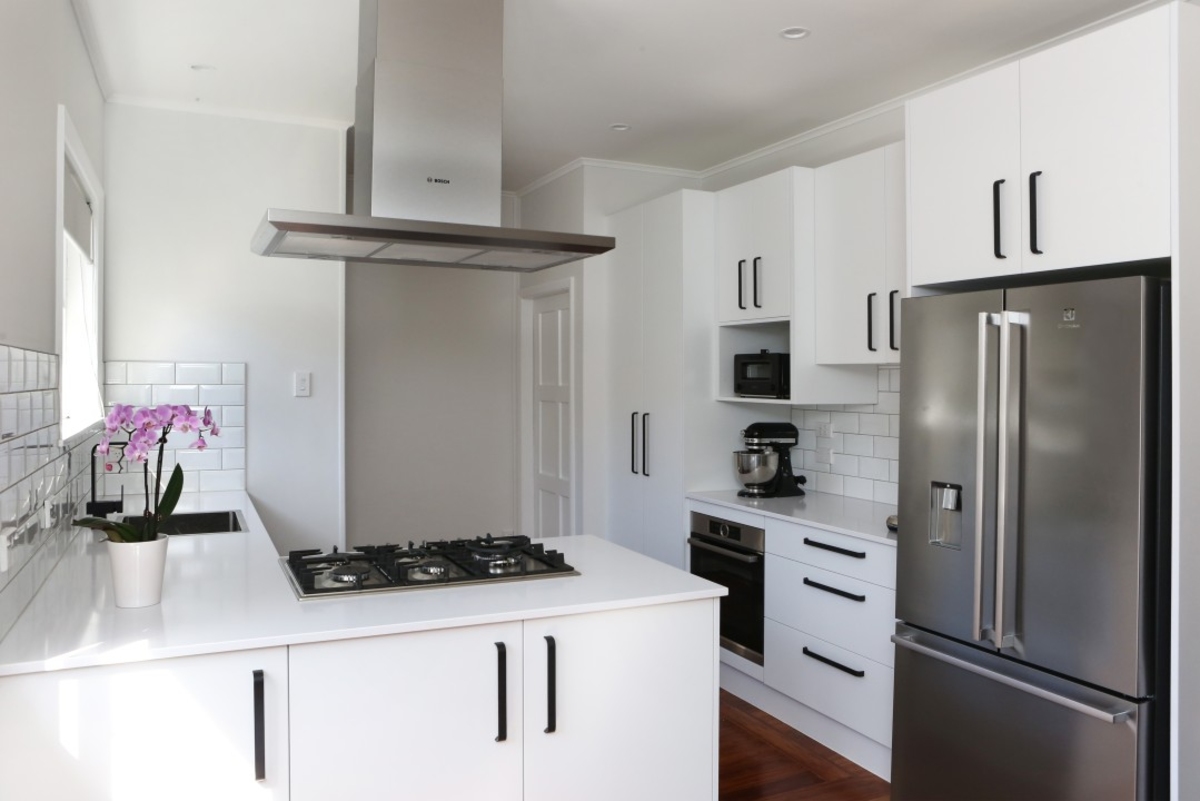
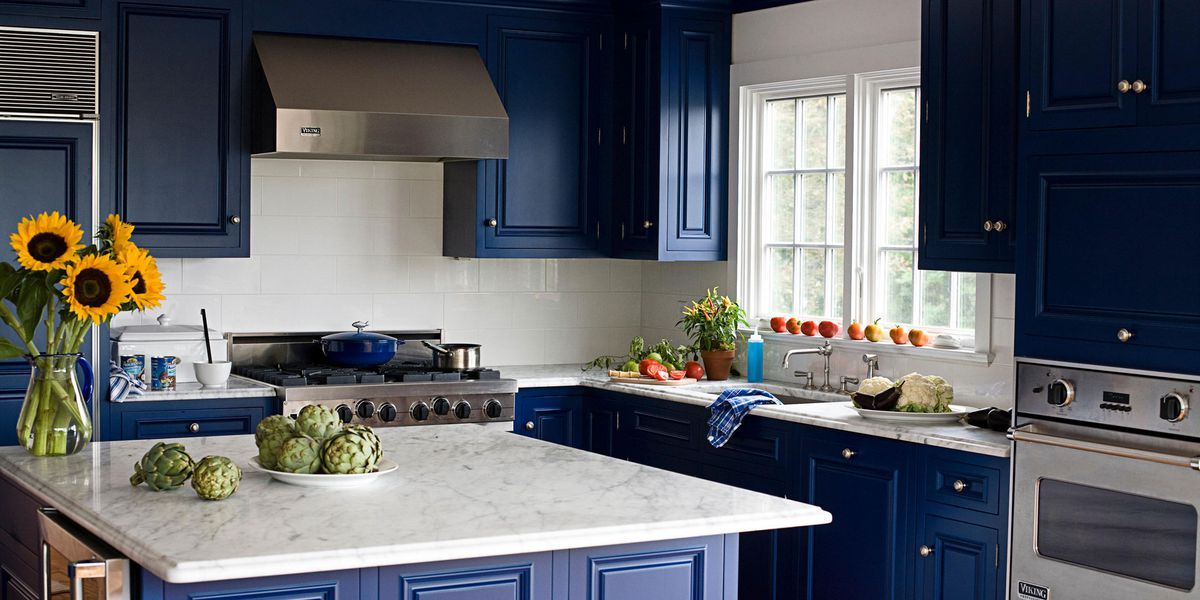
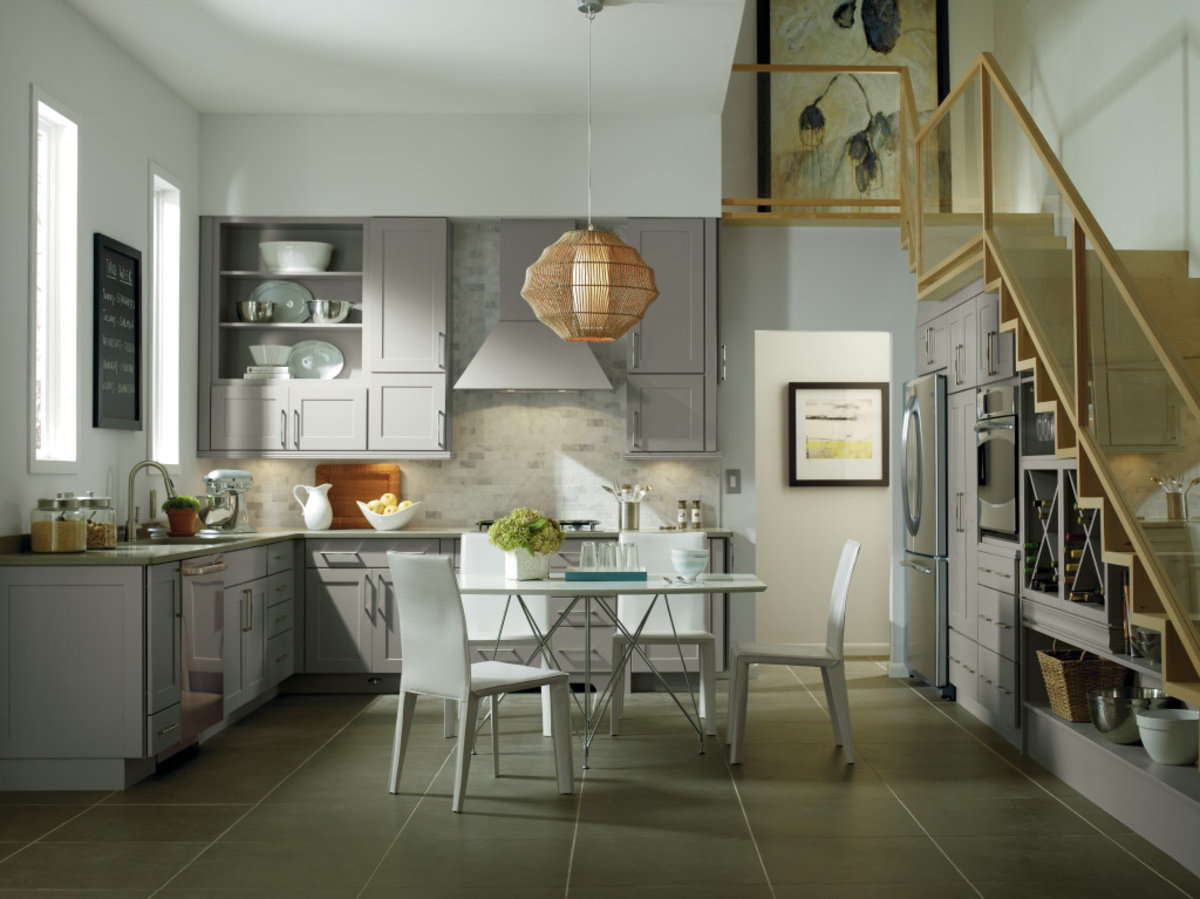
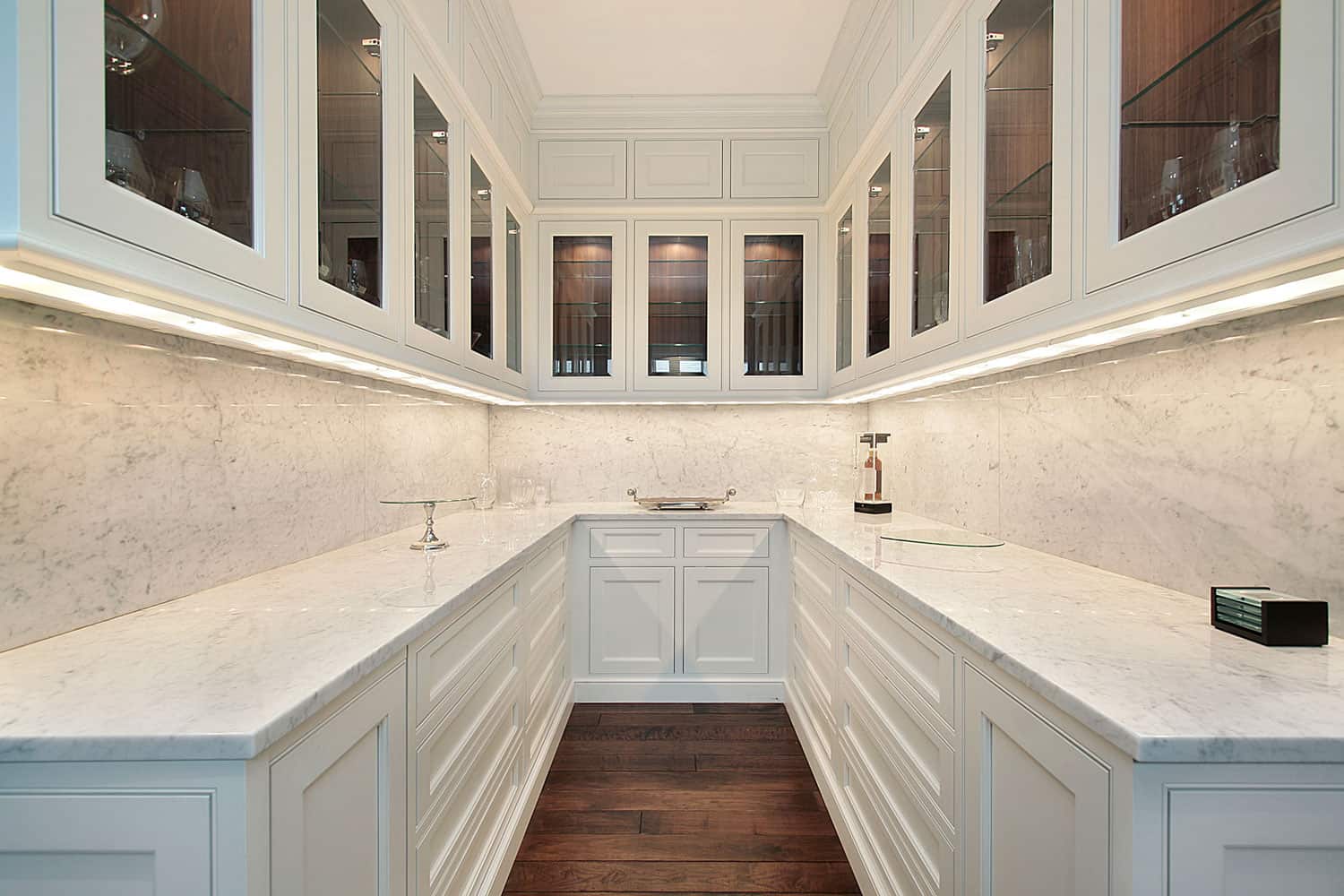
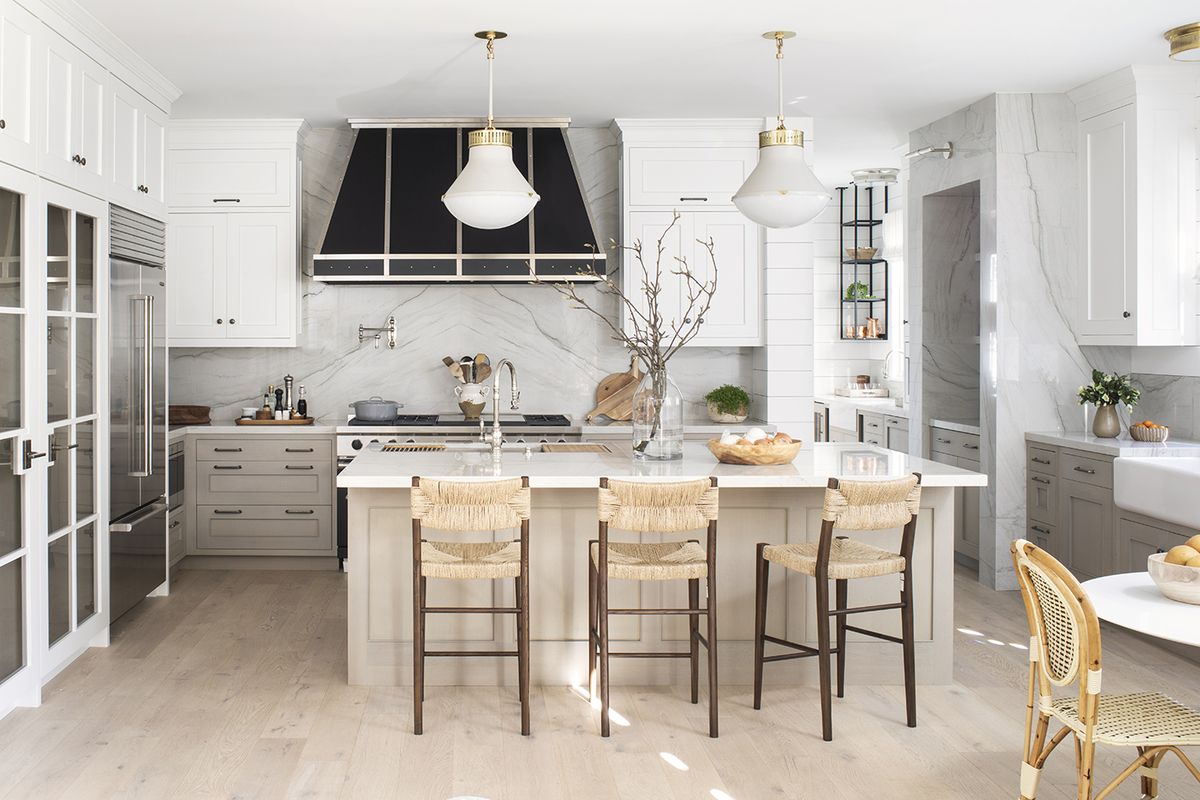
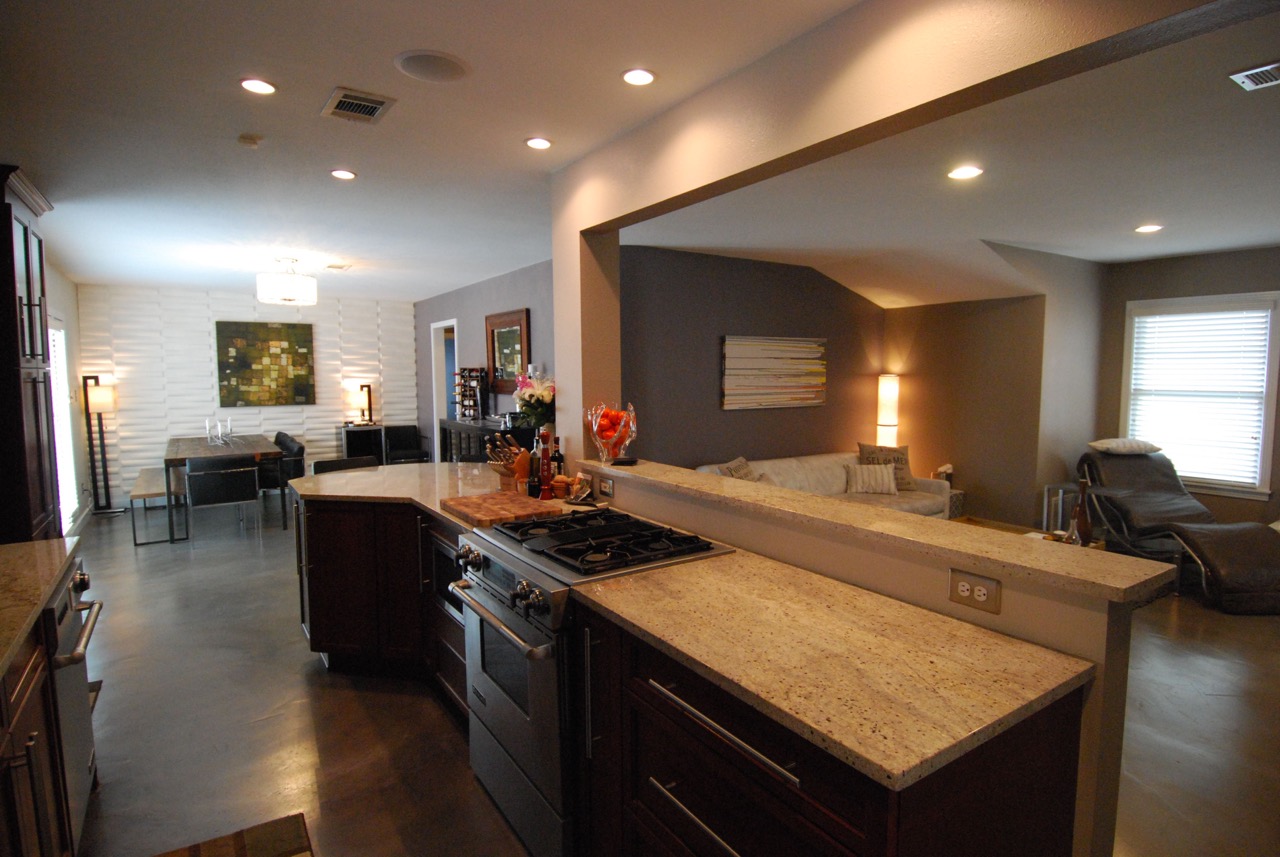
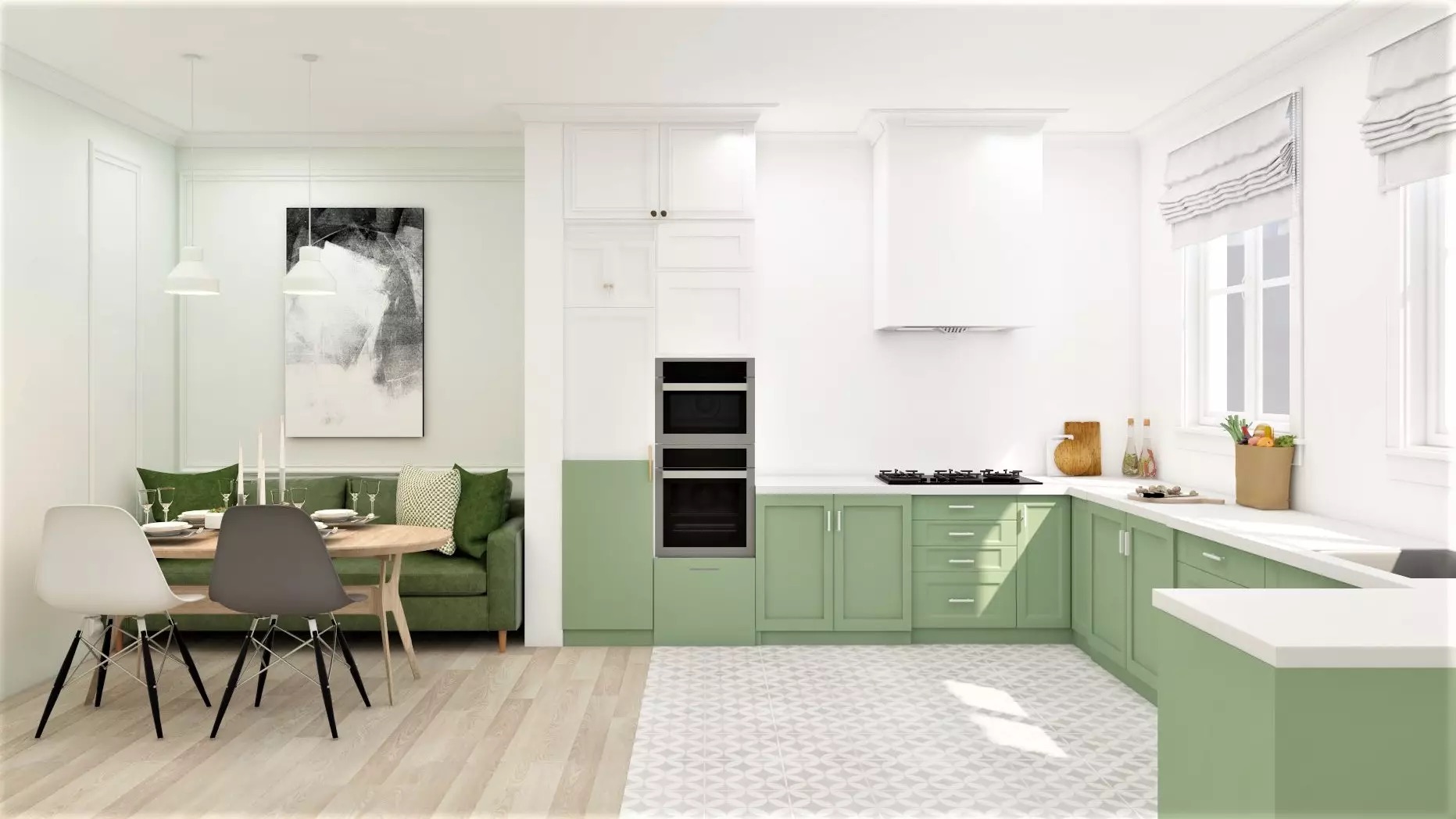
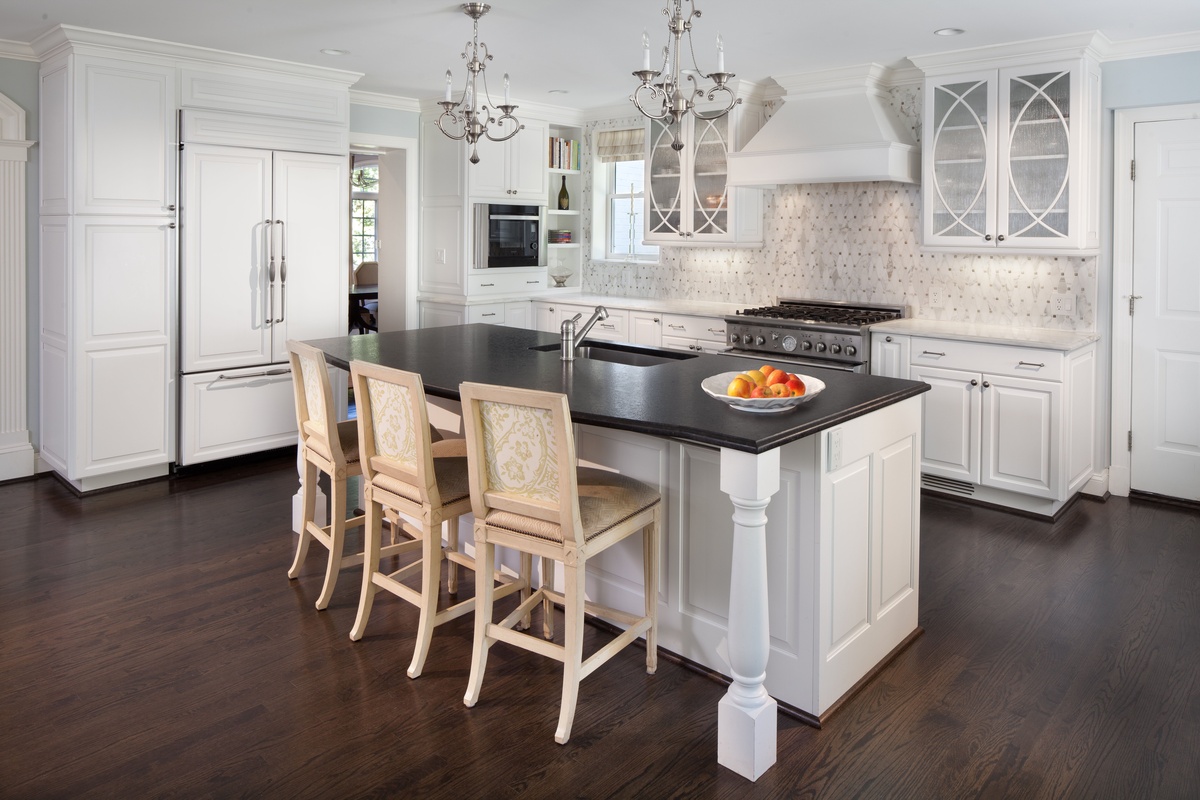
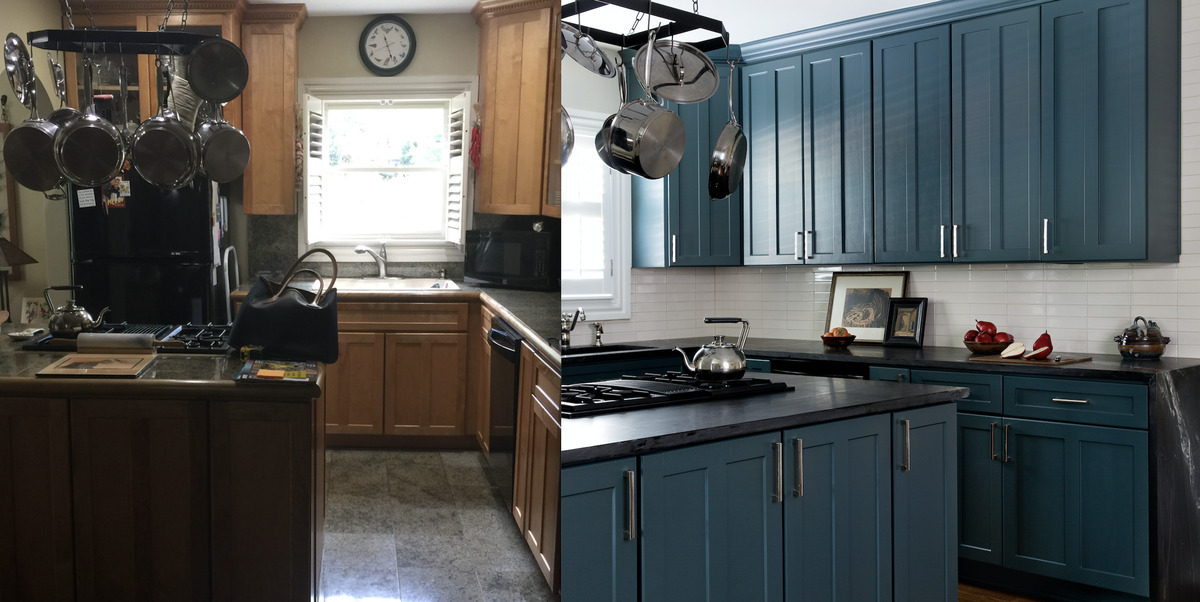

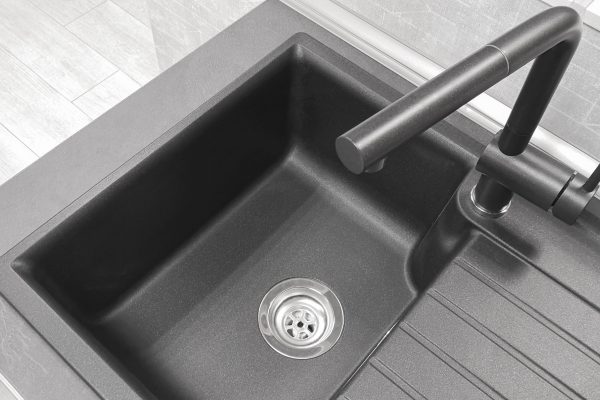
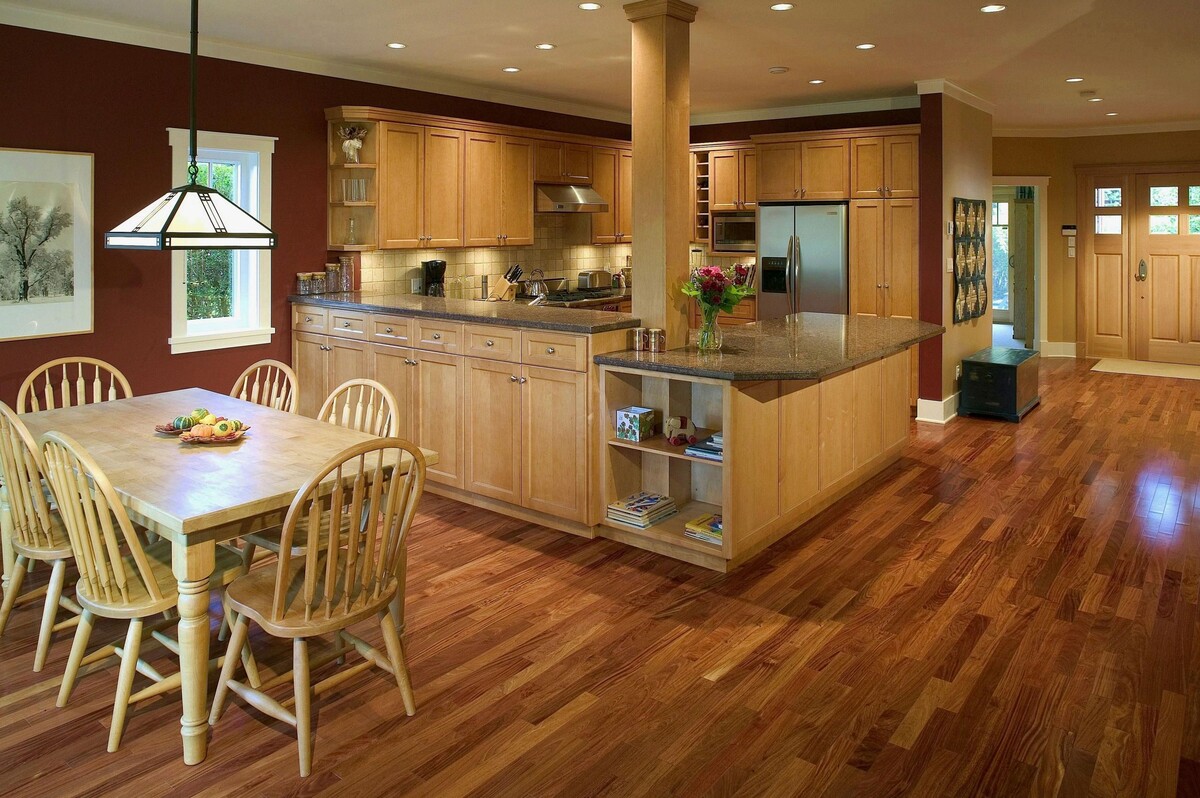
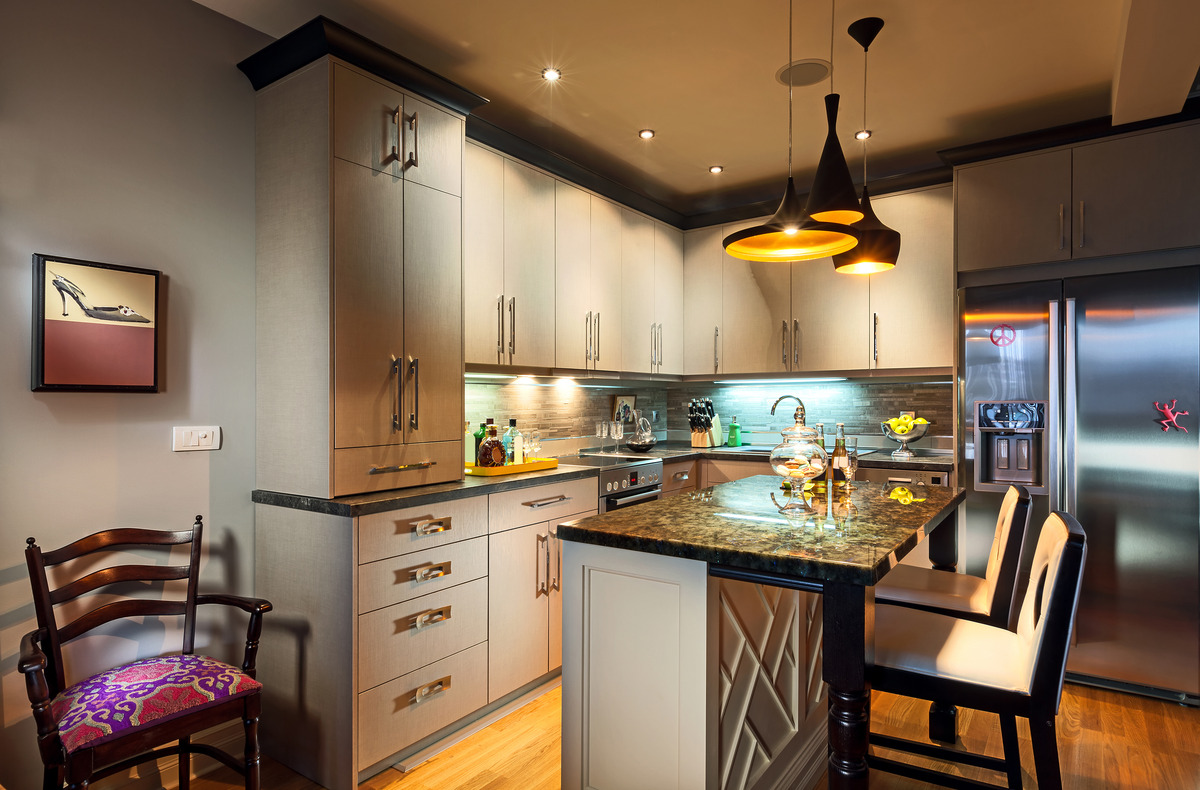
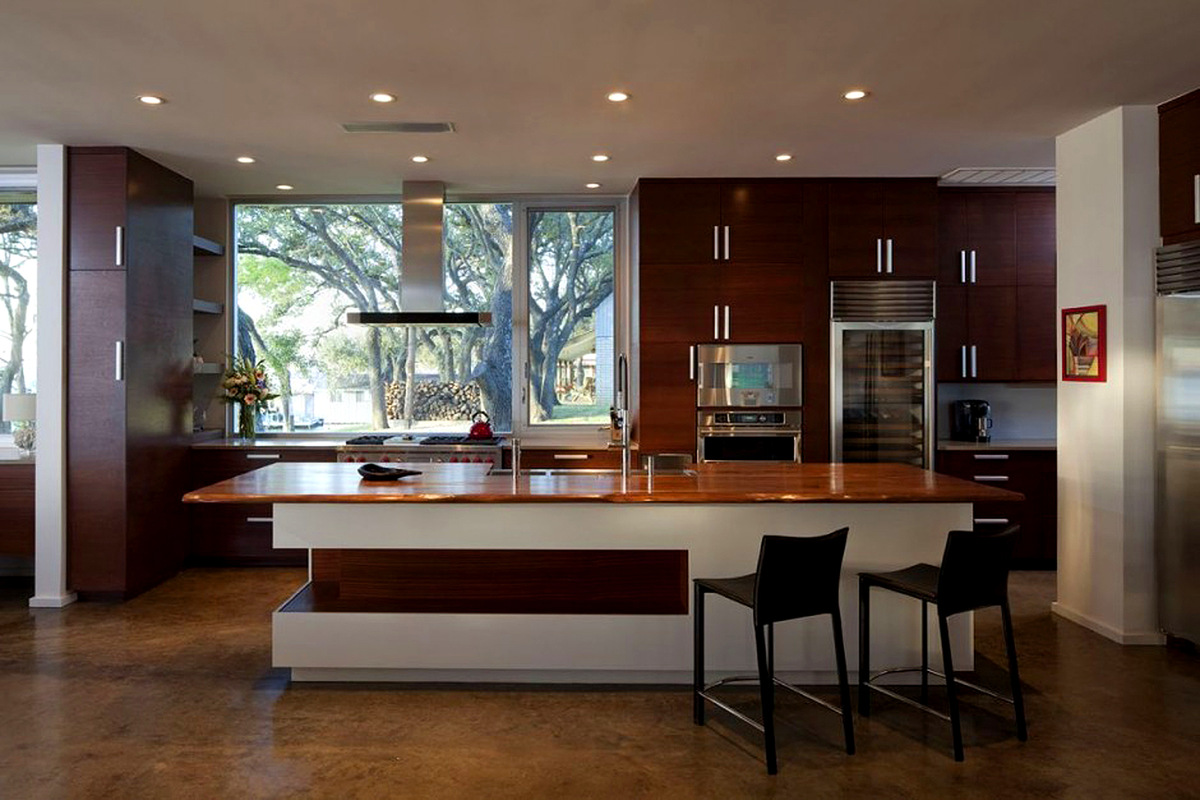

0 thoughts on “How To Go About Remodelling A Kitchen”